The U.S. Department of Energy’s Ames Laboratory has announced a name change, to Ames National Laboratory.
Tag: Ames Laboratory
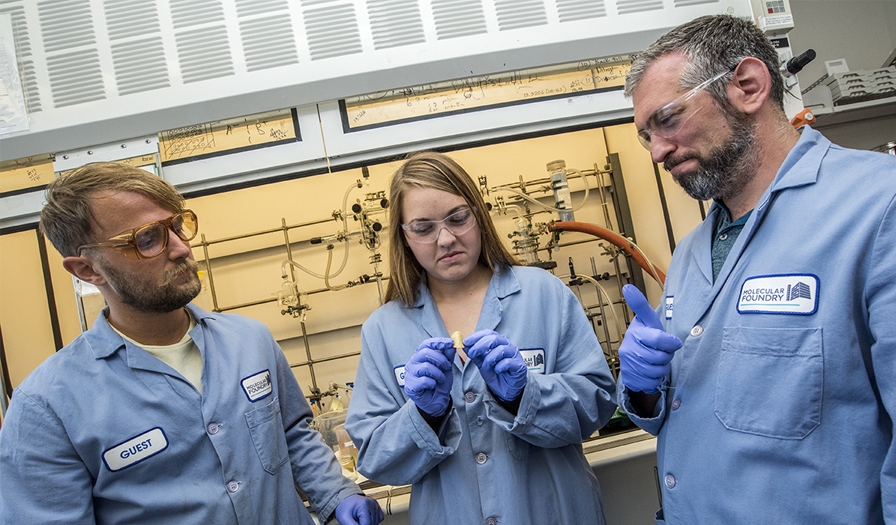
Transforming Plastics Recycling with Discovery Science
Plastic waste is a major environmental issue. New research into plastics’ fundamental chemistry may help industry transform waste into useful products and make cyclical plastics that can be recycled over and over again.
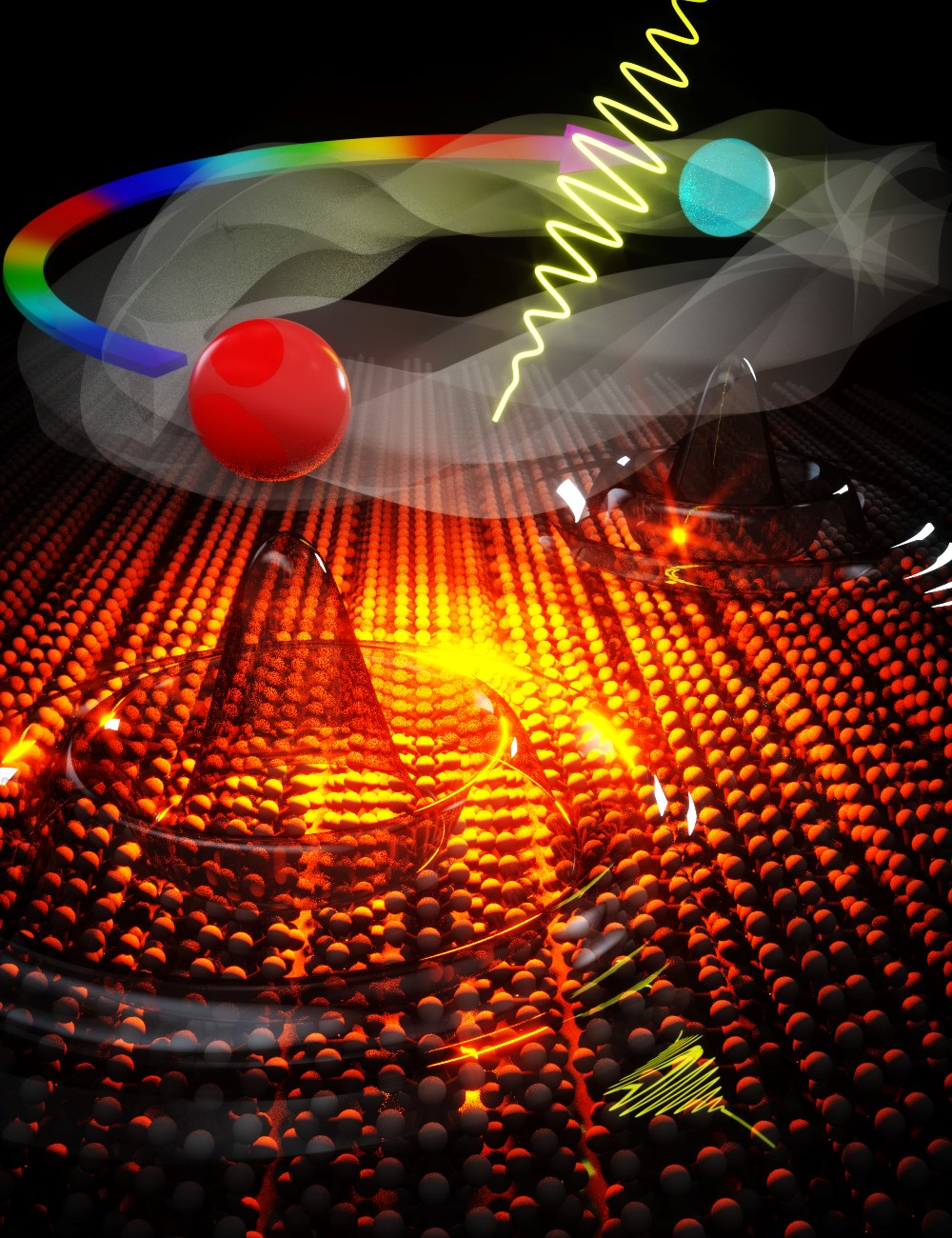
Light-induced twisting of Weyl nodes switches on giant electron current
Scientists at the U.S. Department of Energy’s Ames Laboratory and collaborators at Brookhaven National Laboratory and the University of Alabama at Birmingham have discovered a new light-induced switch that twists the crystal lattice of the material, switching on a giant electron current that appears to be nearly dissipationless. The discovery was made in a category of topological materials that holds great promise for spintronics, topological effect transistors, and quantum computing.
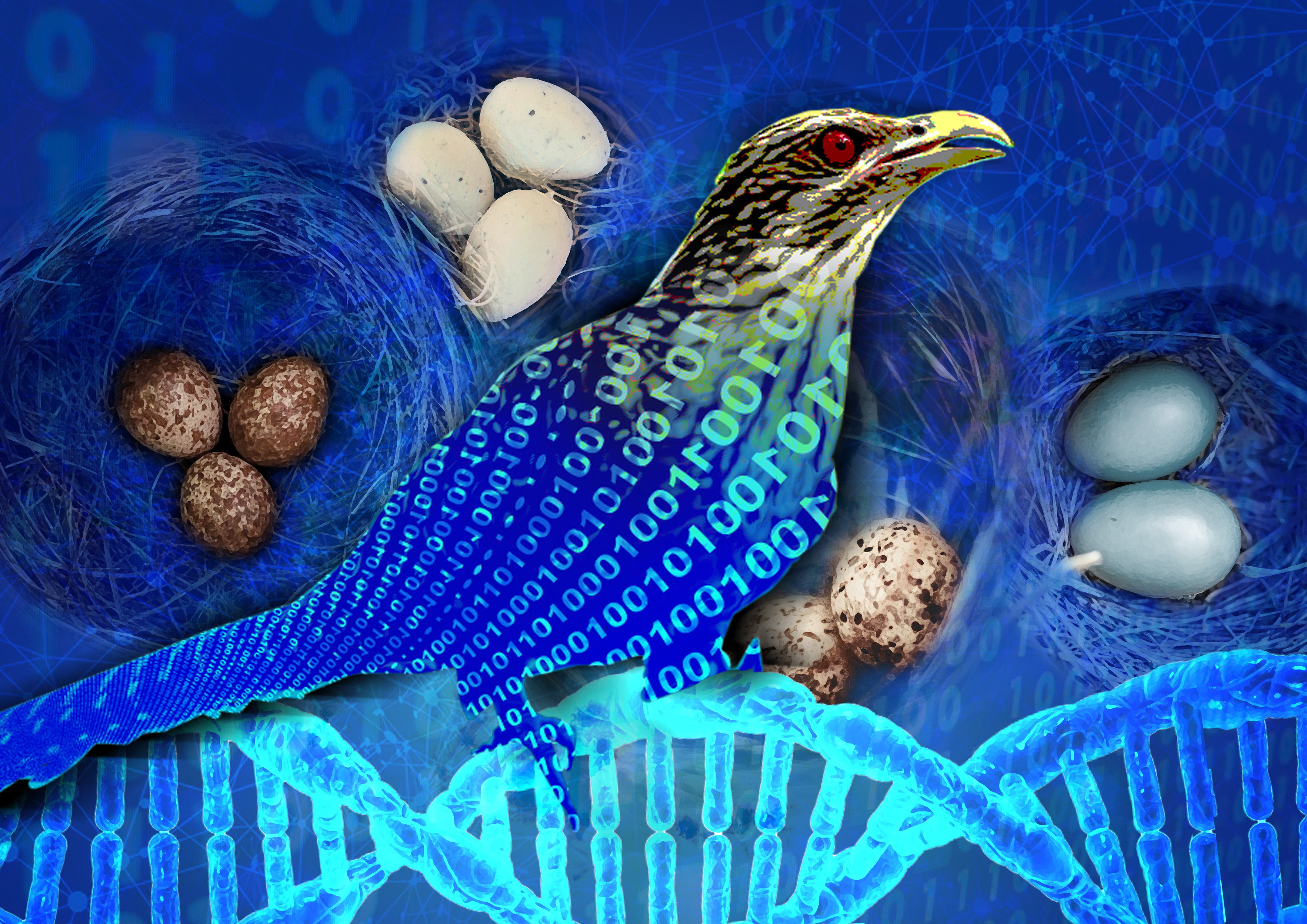
Borrowing from birds, experts reduce search times for novel high-entropy alloys to seconds
Computational materials science experts at the U.S. Department of Energy’s Ames Laboratory enhanced an algorithm that borrows its approach from the nesting habits of cuckoo birds, reducing the search time for new high-tech alloys from weeks to mere seconds.
Making it tougher: Samarium cobalt magnet improvements planned in Ames Lab partnership
Ames Laboratory will partner with Electron Energy Corporation to improve a mainstay of magnet technology– the samarium cobalt (SmCo) magnet.
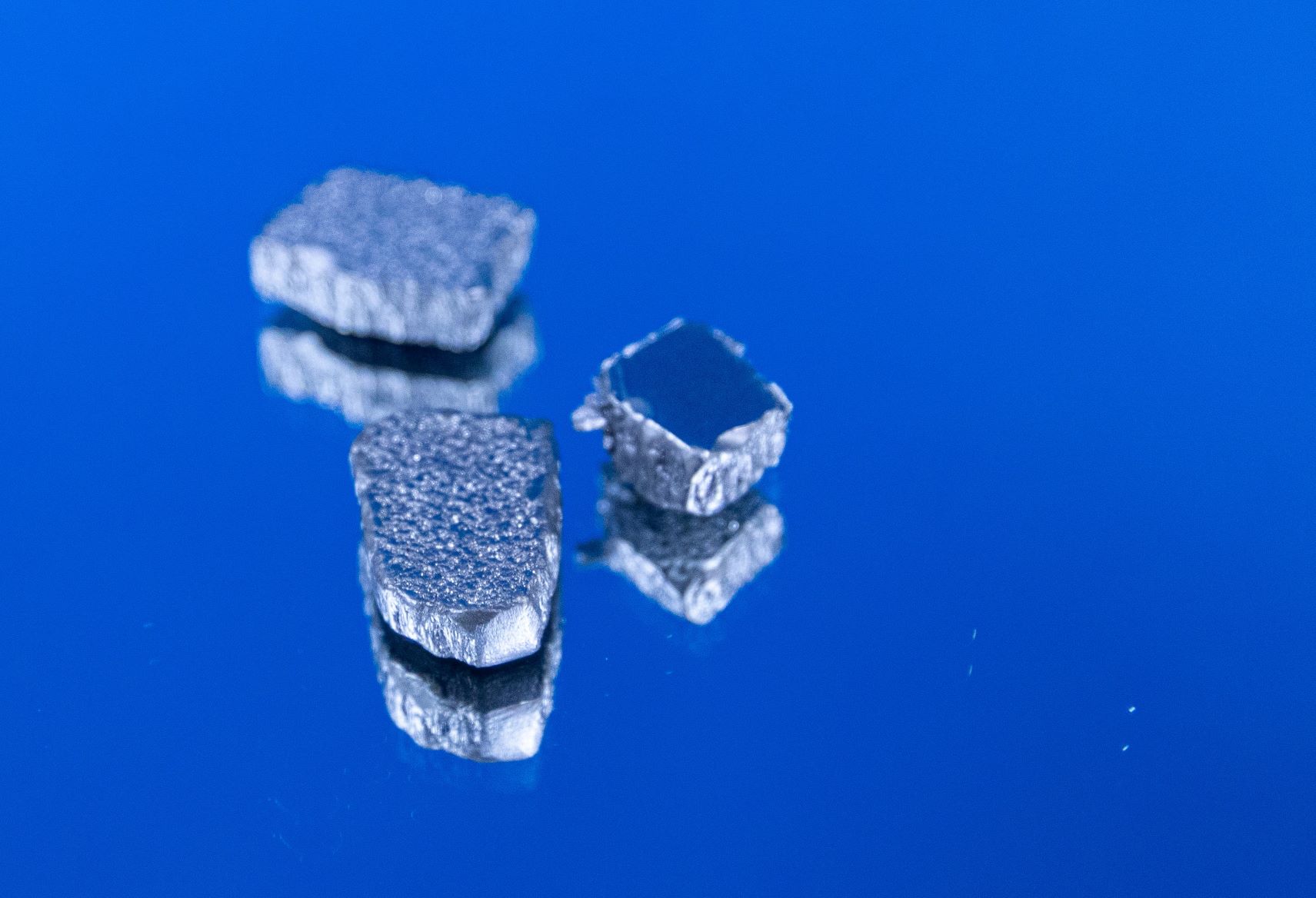
Scientists look to meteorites for inspiration to achieve critical element-free permanent magnet
The U.S. Department of Energy’s (DOE’s) Critical Materials Institute has developed a low-cost, high performance permanent magnet by drawing inspiration from an out-of-this-world source: iron-nickel alloys in meteorites. The magnet rivals widely used “Alnico” magnets in magnetic strength and has the potential to fill a strong demand for rare-earth- and cobalt-free magnets in the market.
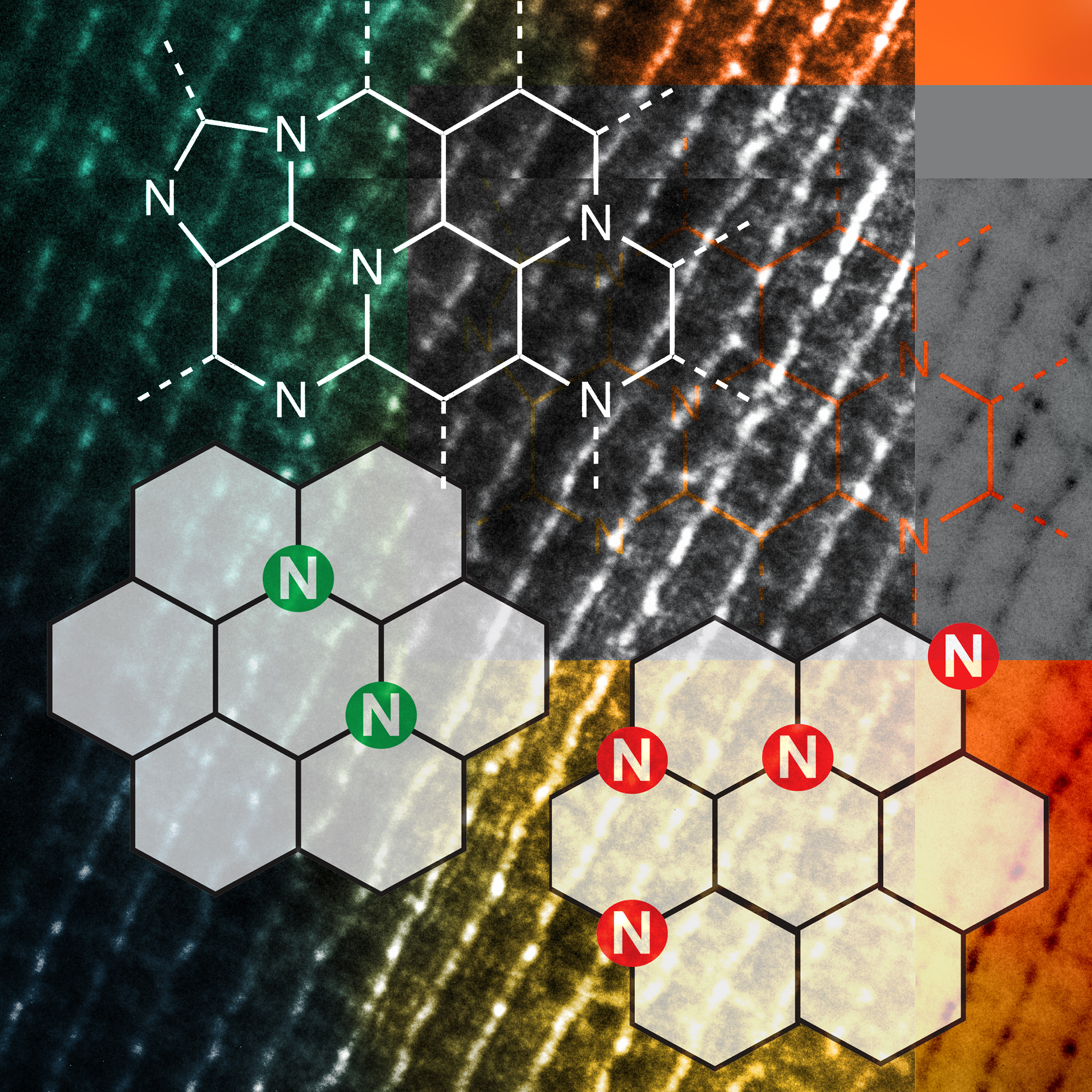
New Nitrogen Assembly Carbon catalyst has potential to transform chemical manufacturing
Scientists at the U.S. Department of Energy’s Ames Laboratory have discovered a metal-free carbon-based catalyst that has the potential to be much less expensive and more efficient for many industrial concerns, including manufacturing of bio- and fossil fuels, electrocatalysis, and fuel cells.
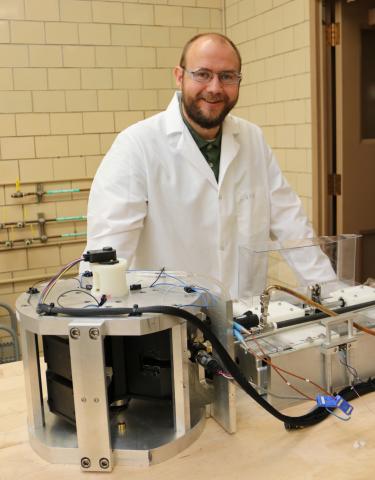
Ames Lab’s testing device speeds the way to new refrigeration technology
The U.S. Department of Energy’s Ames Laboratory is employing a testing device that pairs materials science with engineering systems development. Called CaloriSMART (Caloric Small-scale Modular Advanced Research Test-stand), the one-of-a-kind system is being used to rapidly test new materials that might eventually be part of an entirely new kind of refrigeration technology.
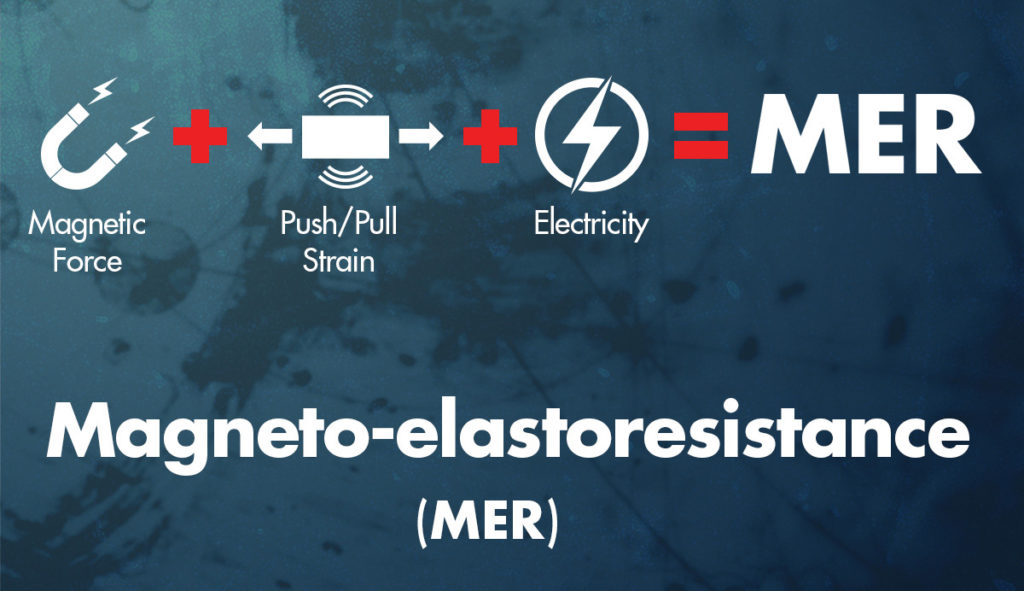
What’s MER? It’s a way to measure quantum materials, and it’s telling us new and interesting things
Experimental physicists have combined several measurements of quantum materials into one in their ongoing quest to learn more about manipulating and controlling the behavior of them for possible applications. They even coined a term for it– Magneto-elastoresistance, or MER.
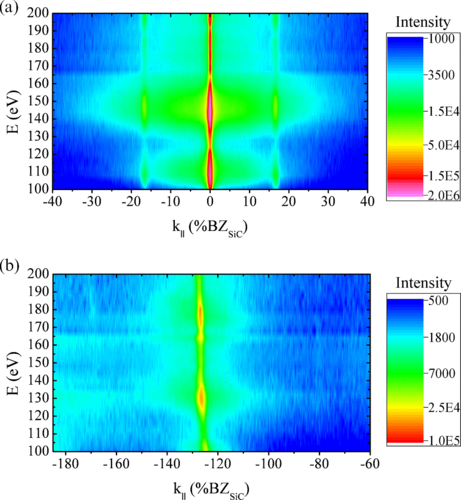
How do you know it’s perfect graphene?
Scientists at the U.S. Department of Energy’s Ames Laboratory have discovered an indicator that reliably demonstrates a sample’s high quality, and it was one that was hiding in plain sight for decades.